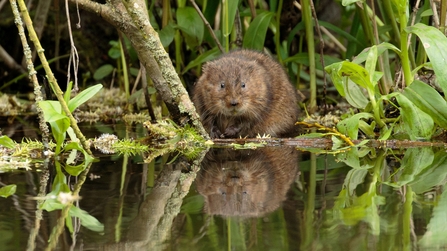The American Mink was brought to the UK in the 1920s to be farmed for their fur. Animals escaped from fur farms in the 1950s and 1960s and this invasive species has been in major factor in the decline of Water Voles, who have fallen prey to the predator. Between the 1970s and 1990s, the Water Vole saw a 95% decline in their natural range across England. Our wetland wildlife remains under threat from mink.
Since 2002, preventing the Water Vole from going extinct in Hertfordshire, has seen county-wide mink control and has been a core focus for the Trust. Without the Trust coordinating conservation of the extant Water Vole population and mink control over the past 20 years, Water Voles would have likely become extinct in Hertfordshire. Currently, the majority of mink are found at county borders (upper Stort and Ivel catchments and the western Grand Union Canal network) with evidence suggesting that mink in central catchments are few and very far between, and those recorded around the border likely have travelled into Hertfordshire. However, control is not sufficient to achieve sustainable Water Vole populations and reliably keep mink at bay, so we have now set our sights firmly on eradication.
We are active partners of the Water Life Recovery Trust (WRT), a collaborative charity which aims for a mink free UK and are delighted to share news of their trial which takes us closer to being a mink-free nation.


